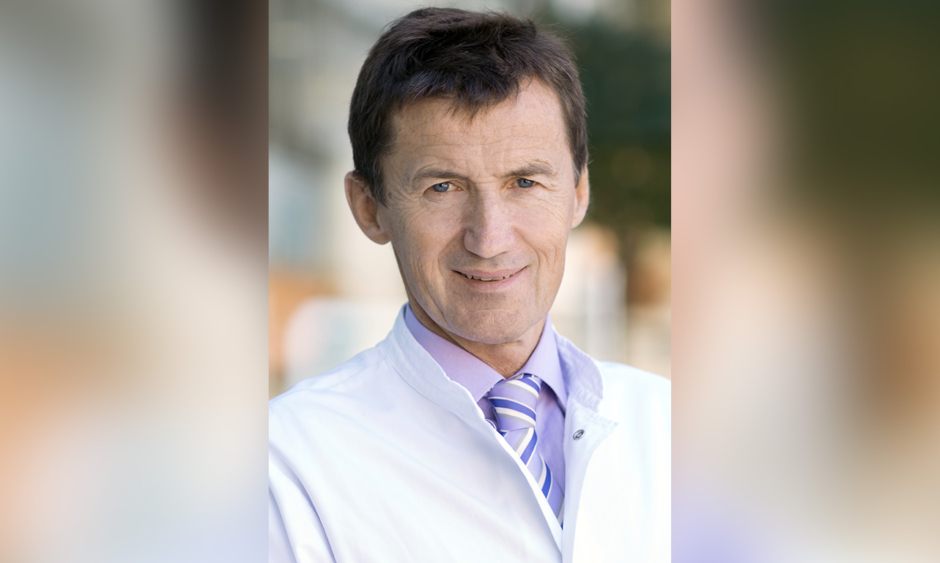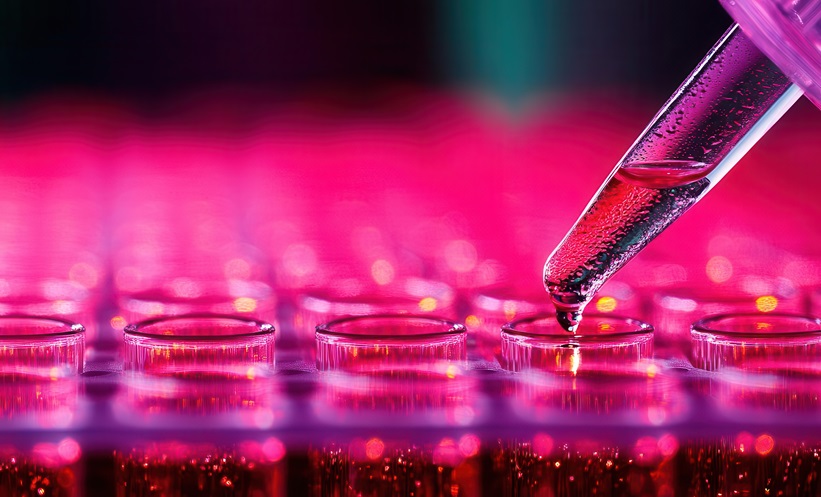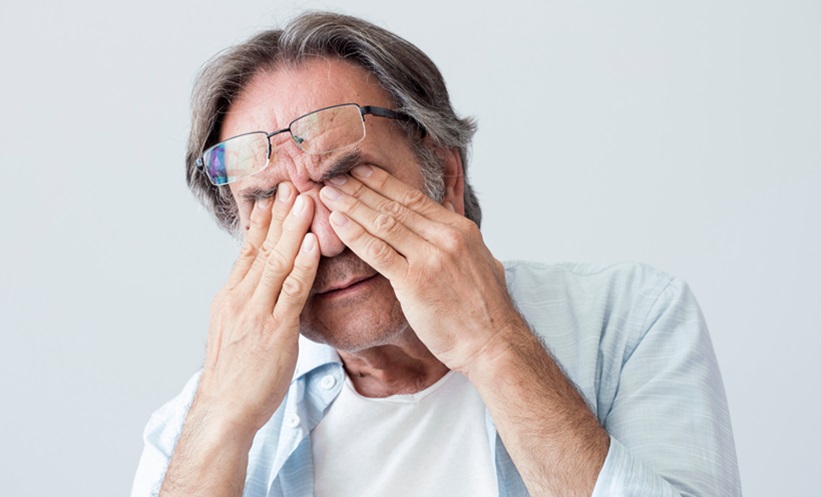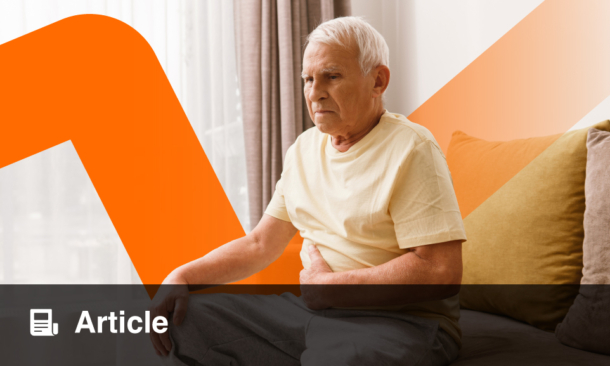Prof Arnulf Stenzl | Adjunct Secretary General of the European Association of Urology (EAU) Executive Office
Director of the Department of Urology, University of Tübingen Medical School, Tübingen, Germany
![]()
Was there a particular event or person that encouraged you to pursue a career in urology?
I was always fascinated and intrigued by urology as a discipline because it covers all kinds of diseases of the urinary tract: from early childhood to adolescence, fertility, andrology, and to benign and malignant problems, mostly in the late stages of life. Especially during my fellowship and work at UCLA, I knew I would try to go for an academic career in urology.
Could you explain how your patented invention the C-Trap works, and the impact it has had on patients’ quality of life?
Together with a medical engineer, we developed an implantable incontinence device which is much easier to use then the current artificial sphincter. It can also be implanted much easier in women. The device consists of a sling which can either be made out of a biological material such as small intestinal submucosa or of autologous fascia, which is harvested during the implantation of the steering device and located suprapubically. Because no manipulation is necessary in the scrotum, it is not only easier but also more comfortable to use. The necessary tools for an easy implantation have also been designed.
The Tübingen University Hospital is thought of as one of the top departments for prostate cancer treatment in Germany, what do you think other university hospitals could learn from the approach taken at Tübingen University?
As a certified prostate cancer treatment centre we do various forms of imaging (e.g., microultrasound, PET-MRI), fusion-assisted and navigation device-based transperineal and transrectal biopsies, photodynamic focal therapy of the prostate, different forms of nerve-sparing and non-nerve-sparing radical prostatectomy, MRT-guided radiation of the prostate and/or metastases, all forms of primary hormonal treatment, new generation hormonal ablation therapy, various forms of chemotherapy, targeted therapy, poly(ADP-ribose) polymerase (PARP)-inhibitor therapy, and prostate-specific membrane antigen (PSMA)-based ligand therapy. Some of these treatments are only available according to study protocols approved by the state authorities. Thus, we are in many ways at the forefront both in diagnosis as well as treatment of prostate cancer, which we then can report to the community.
What changes have you brought into effect whilst serving as Adjunct Secretary General?
I have been in office less than a year and in that time I have tried to incorporate new colleagues into various offices and committees within the European Association of Urology (EAU). This is important because a large organisation such as EAU needs to incorporate new people and a new generation. Many ways of looking at a disease, diagnosing it, and treating it, or sometimes not treating it, is changing at a faster pace than several decades ago.
How much of an impact do you believe the EAU congress has, both directly on urologists and indirectly on patients?
The EAU congress is definitely the biggest urology meeting in Europe and most probably worldwide. It thus attracts many top specialists from all over the world who exchange their views and bring new methods and techniques to the meeting and, by setting up round-table conferences and discussion groups, important consensus statements are formulated. This knowledge not only benefits the attending urologists and those who will later on have the possibility to see the “Best of the EAU,” but also results in improved treatment of patients. Furthermore, representatives of patient groups have the opportunity to interact with the attending urologists both presenting and not presenting. In the future, we will also have contributions from patients and patient organisations for the urologists.
What are the most exciting changes that have been made to the scientific programme for EAU20 compared to EAU19?
One of the most exciting things will be the late-breaking abstracts which show the latest results of large pharmacological and medical technology studies, which are then put into the right context by discussants (specialists in the respective field). Also exciting is the presentation of the largest patient advocacy group for prostate cancer, Europa Uomo, with regard to how prostate cancer treatment is seen in the various states in Europe. For that reason, a questionnaire has been translated into 24 different languages.
At the beginning of this year you published an article discussing the Phase III trial of PROSTVAC. Was this trial a success?
The PROSTVAC study unfortunately was another disappointment for immunologic treatment of prostate cancer. This does not, however, mean that we should give up the concept of immunotherapy. Prostate cancer is an immunogenic disease and we have intensively looked for the right tools to boost and/or substitute the immunologic system in order to support currently proven forms of treatment (and at times, at least prolong their treatment effects).
You have spoken of expanding the reach that your position as Adjunct Secretary General has beyond the continent. How would you like to help urologists all over the world?
The EAU has become a major force of urologic progress in the world through the annual meeting, the meetings of the section offices and topic-oriented masterclasses, other educational efforts, and their well-recognised guidelines. It is our duty to bring this knowledge not only to the members but also to colleagues worldwide. New media allows us to have an education through the internet (e.g., webcasts, surgery in motion, roundtable discussions, and live-streaming) as well as “Road Shows” showing the “Best of the EAU,” the European attitude in dealing with progress in all fields of urology and in supporting and helping local urologic communities outside Europe in dealing with specific cases. Outcome measurement for these initiatives is difficult; however, indirectly this can be seen by an improvement in the abstracts of clinical experiences, as well as research from many countries outside Europe, which in some areas has shown wonderful and sometimes even breath-taking results.







